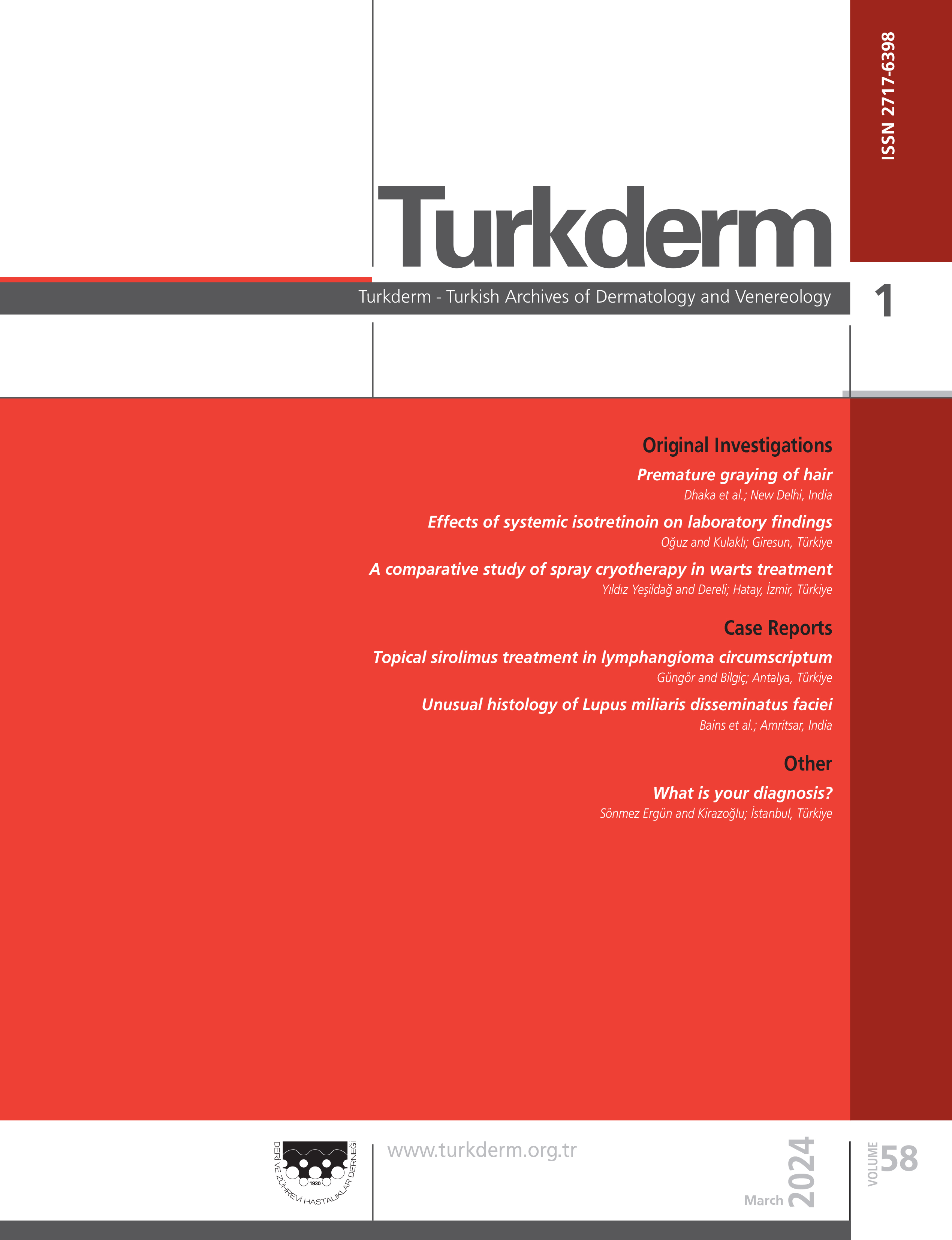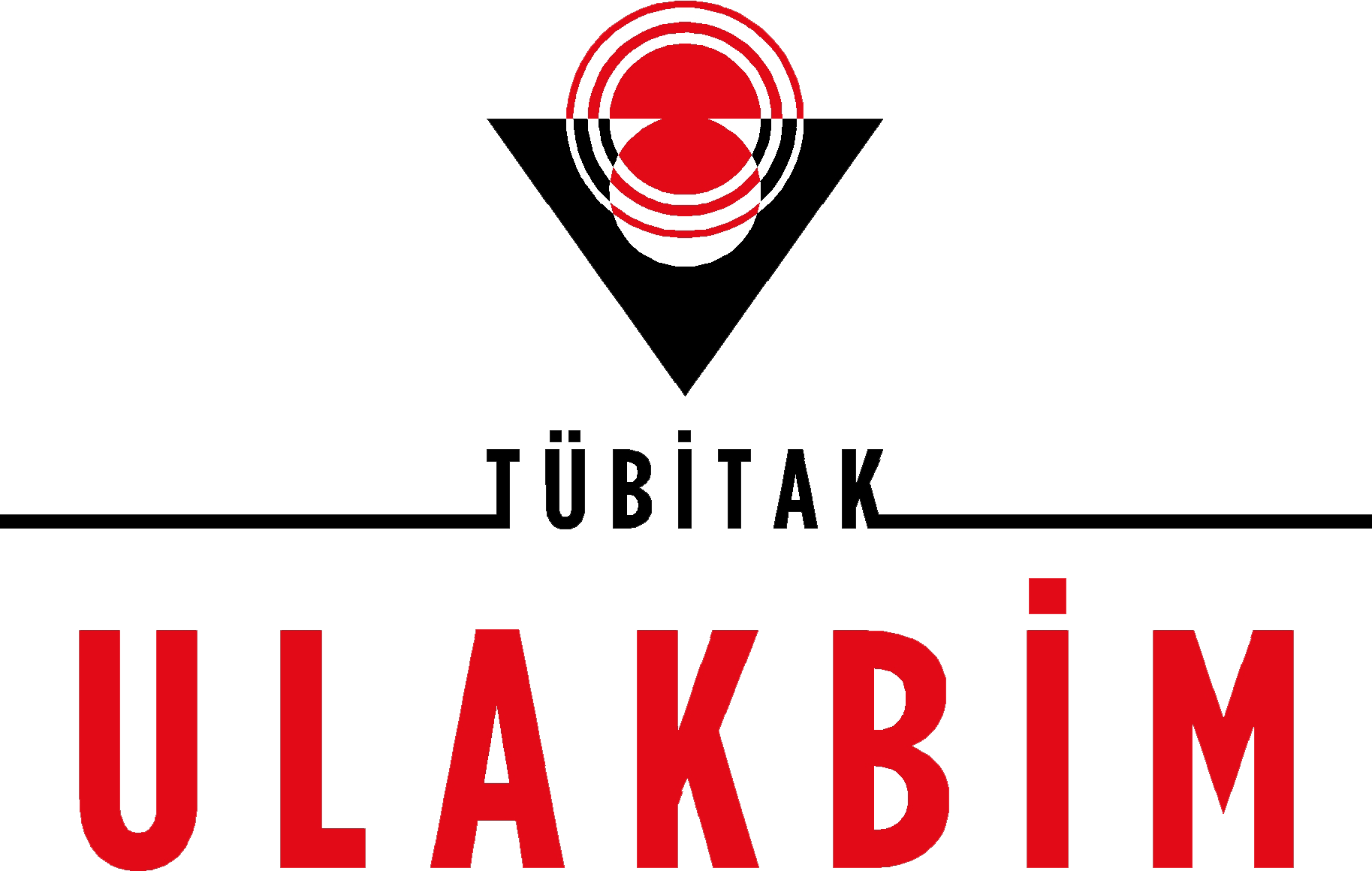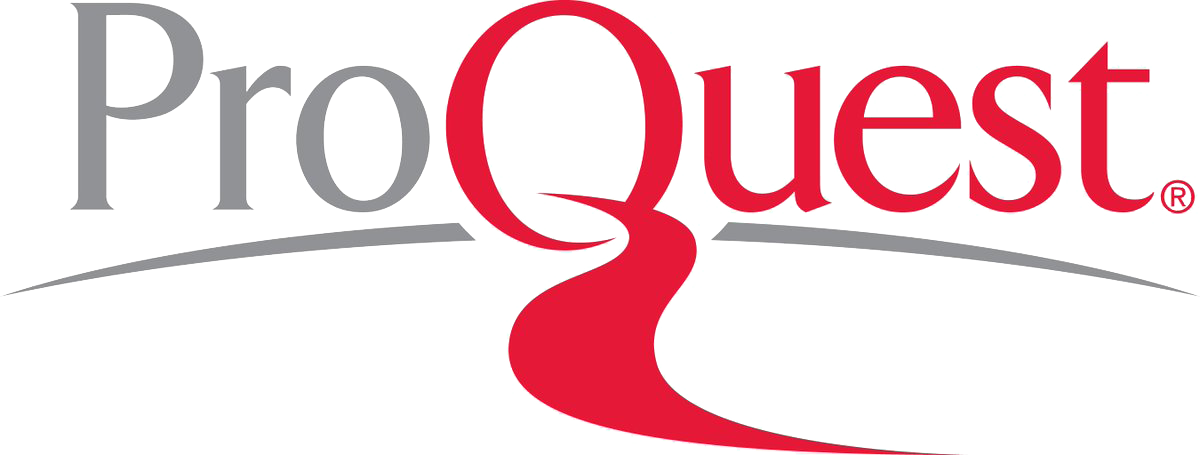A randomized comparison of narrow-band UVB phototherapy and PUVA photochemotherapy in the management of plaque-type psoriasis
Şehriyar Nazari1, Güzin Özarmağan1, Dilek Erzengin1, Uğur Akar2Background: The combination of oral methoxalen followed by UVA (PUVA) is an established therapy for psoriasis. Debate has focused on the risk of developing cutaneous carcinoma as a consequence of PUVA therapy. Successful results of studies of the response of psoriasis to UVB phototherapy have led to the development of the TL-01 fluorescent UVB lamp in which narrow-band UVB (311±2 nm) is emitted. Recently reports about safety and efficacy of narrow-band UVB comparison of wide-spectrum UVB and PUVA have increased. However there are few studies comparing the therapeutic effectiveness of PUVA and narrowband UVB. Objective: The purpose of this study was to compare affectivity of PUVA with narrow-band UVB phototherapy in psoriasis. Materials and Methods: We studied 32 patients with plaque-type psoriasis who were randomly allocated who were receiving thrice-weekly treatment with PUVA or narrow-band UVB. Results: Clearance of psoriasis at the end of 20th course of therapy was achieved in the patients treated with PUVA (88.4%) and with narrow-band UVB (88.9%) without statistically significant difference. 70.9% of those treated with PUVA were clear of psoriasis 6 months after completing treatment compared to 48.5% of narrow-band UVB treated patients(p<0.05). The remission rates 12 months after completing treatments were 53.0% for PUVA patients and 14.7% for narrow-band UVB cases (p<0.05). Conclusion: When given thrice weekly, both PUVA and narrow-band phototherapy are effective in clearing the lesions of plaque-type psoriasis, but affectivity of PUVA achieves a longer remission period compared with narrow-band UVB.
Keywords: Psoriasis, PUVA, narrow-band UVB phototherapyPsoriasiste PUVA ve Dar Bant UVB Tedavilerinin Klinik Etkinliklerinin Karşılaştırılması
Şehriyar Nazari1, Güzin Özarmağan1, Dilek Erzengin1, Uğur Akar21İstanbul Üniversitesi İstanbul Tıp Fakültesi Deri ve Zührevi Hastalıklar Anabilim Dalı2İstanbul Üniversitesi İstanbul Tıp Fakültesi Tıbbi Biyoloji Anabilim Dalı
Psoriasis tedavisinde UVB (klasik ve dar bant) ve PUVA etkinlikleri kanıtlanmış fototerapi yöntemleridir. Son
yıllarda, kullanımı giderek artan dar bant UVB (DB-UVB) tedavisinin, klasik UVBden daha etkili ve PUVAdan
daha güvenli olduğu bildirilmektedir. Bu çalışmada psoriasis tedavisinde PUVA ve DB-UVBnin etkinliklerini
karşılaştırmak amacıyla kronik yaygın plak tip psoriasisli toplam 32 hasta rastlantısal yöntemle PUVA
ve DB-UVB gruplarına ayrıldı. Tüm hastalar için tedavi öncesi, 10. ve 20. seans sonunda kendi değerlendirmeleri
ile tedavi öncesi, 10. ve 20. seans sonunda ve tedavi bittikten 6 ay ve 12 ay sonraki PASI skorları
kaydedildi. 20.seans sonunda PUVA grubunda PASI iyileşme oranı %88,4, ve DB-UVB grubunda %88,9;
hastaların kendi değerlendirmelerinde ise iyileşmede artış PUVA grubunda %34 ve DB-UVB grubunda
%27.9 bulundu. İki grup arasında PASI iyileşme oranı ve hastaların değerlendirmesi ile iyileşmede artış
oranları yönünden istatistiksel anlamlılık saptanmadı. Tedaviden 6 ay sonraki kontrolde her iki hasta grubunun
PASI değerleri tedavi öncesi değerlerine göre anlamlı oranda düşüktü; ancak tedaviden 12 ay sonraki
kontrolde PUVA grubunda PASI değerlerinde anlamlı farklılığın devam ettiği, DB-UVB grubunda bu değerlerde
anlamlı fark bulunmadığı gözlendi. Psoriasis tedavisinde PUVA ve DB-UVBnin benzer etki yaptıkları, ancak
PUVAnın DB-UVBye göre etkisinin daha uzun sürdüğü sonucuna varıldı.
Manuscript Language: Turkish






















